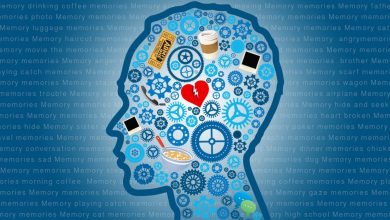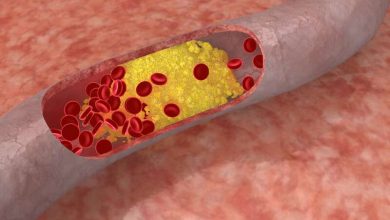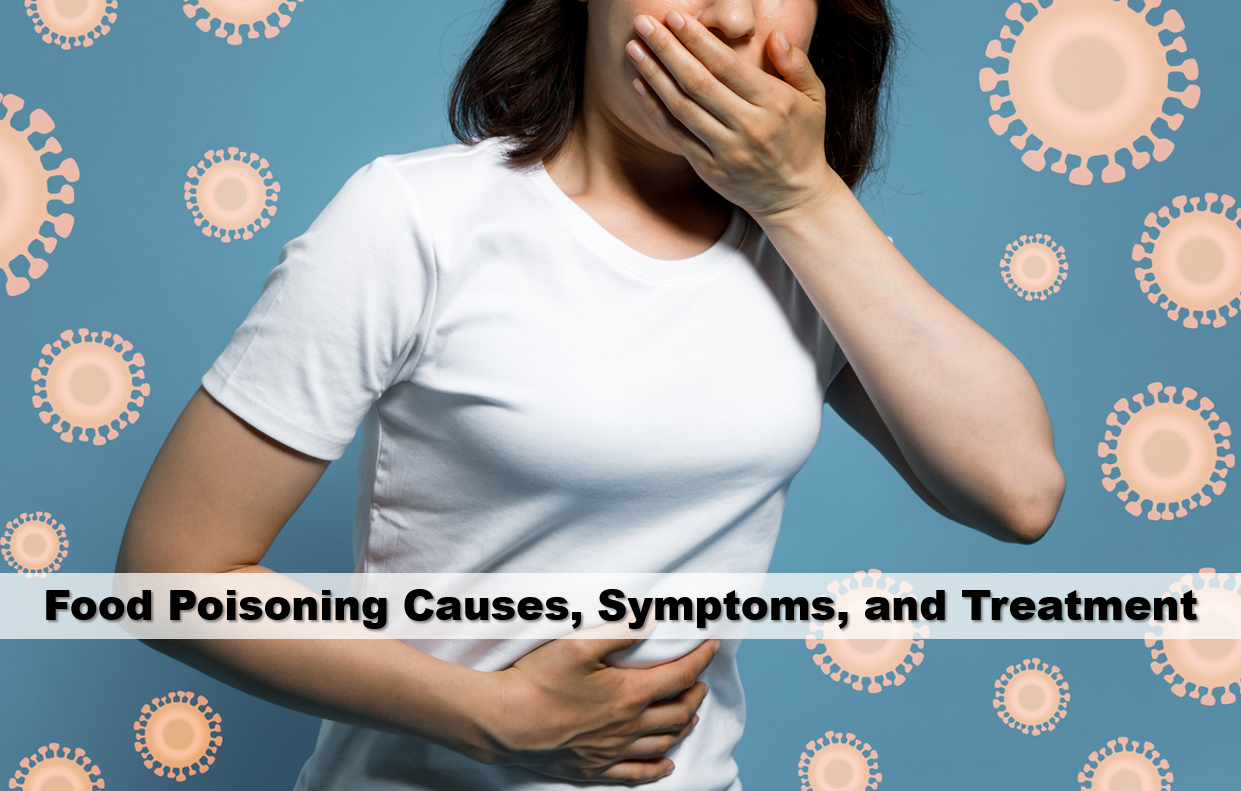Panic Attack Causes and Symptoms

Panic Attack Causes and Symptoms. A panic attack is the intense episodes of anxiety, and they are a kind of fear response. It is the exaggerated response of your body’s normal reaction to danger, stress, or excitement. It can occur suddenly and repeat from time to time. It is also a psychological/psychiatric disorder that severely deteriorates the quality of life and persists unless treated. People who wonder about the underlying causes and treatment of this disease are doing research to get information about the topic. There are many panic attack symptoms, but these symptoms can be a sign of other diseases. Therefore, in this text, we will explain the panic attack causes, symptoms, and treatment below.
What Is a Panic Attack?
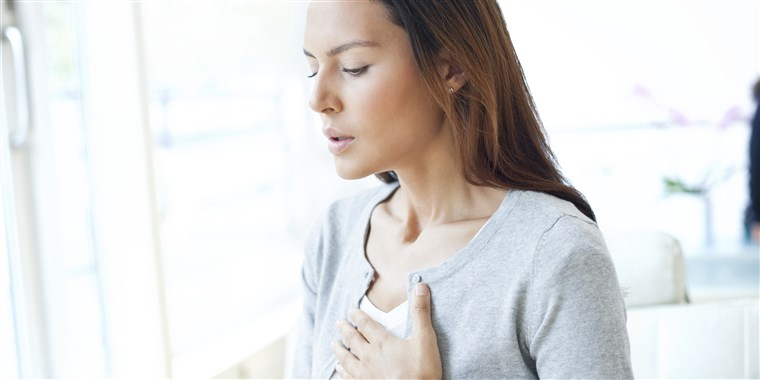
Signs and symptoms of panic attacks develop suddenly. They usually reach their peak within 10 minutes. They rarely last for more than an hour, ending in 20-30 minutes at most. Panic attacks can occur at any time and place. You can have a panic attack while shopping at the store, walking on the street, driving, or even sitting on a sofa at home. A panic attack makes you feel like you’re dying, but usually, attacks are harmless. However, in some cases, you may need some medical help to exclude an underlying physical cause.
What Are The Causes of Panic Attacks?
- Genetic factors: panic attacks may occur when genetic predisposition is combined with environmental factors.
- Chemicals: Certain medications and carbon dioxide may cause panic attacks.
- Anatomical disorders: You may be always in fear because of a blue spot in the brain stem.
- Imbalances in substances such as GABA, serotonin, noradrenaline in the brain.
- Drugs used in psychiatry
- Antidepressant drugs: They may cause symptoms of panic attacks when first started.
- Caffeine, cigarettes, alcohol, and drugs can increase the frequency of panic attacks.
- A sudden release of tranquilizers may trigger a panic attack.
- A quick exhale can initiate a panic attack.
- Personality: Panic attacks are more common in people with shy, hysterical, borderline, obsessive-compulsive.
- Being sexually assaulted.
- Divorce
- Being abused as a child.
Symptoms of Panic Attack
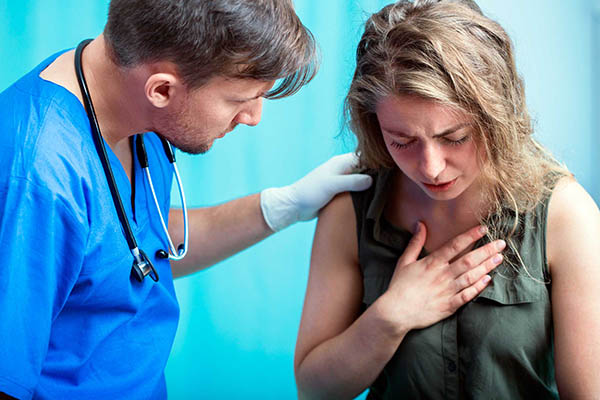
If you have at least four or more symptoms that we mentioned above, you may have a panic attack. When a person experiences panic attacks, he/she cannot dispose of the negative experience of this moment. The fear of having a panic attack at any moment is called a panic disorder.
- Chest Pains
- Heart palpitations
- Sweating
- Breathing difficulties
- Dizziness
- Numbness and tingling
- Cold
- Nausea
- Abdominal Pain
- Shivering
- Feeling weird and different
- Fear of losing control
- Fear of death
Panic Attack Treatment
Although there is no cure for panic disorder, there are several treatment options available to help people control their symptoms. The most common options include prescription medication and/or psychotherapy. Most people with panic disorder have these options combined with self-help techniques. Panic disorder medications, such as antidepressants and benzodiazepines, may help to reduce the intensity of panic attacks and other anxiety-related symptoms. Psychotherapy can help you cope with difficult emotions and develop healthy coping techniques.
What is Agoraphobia?
More than 60% of patients begin to avoid the places and circumstances that trigger a panic attack. They cannot stay alone at home, go out to the street alone, get into vehicles, go through narrow streets or bridges, take the elevator, enter into crowded places such as market places, big stores. Agoraphobia is the condition that patients cannot go to places where they think that they will experience a panic attack there.

